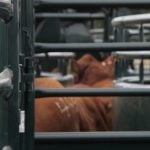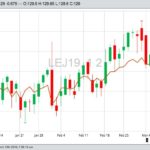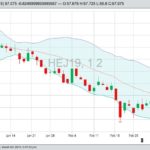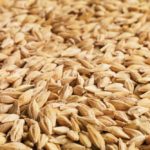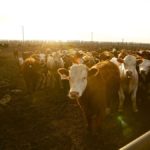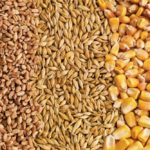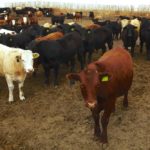Chicago | Reuters — Chicago Mercantile Exchange live cattle futures rose Tuesday, with the benchmark June contract hitting a high as poor feedlot conditions in portions of the U.S. Plains raised concerns about beef supplies, traders said. Lean hogs closed lower in a profit-taking setback from contract highs set a day earlier. Fat cattle futures


